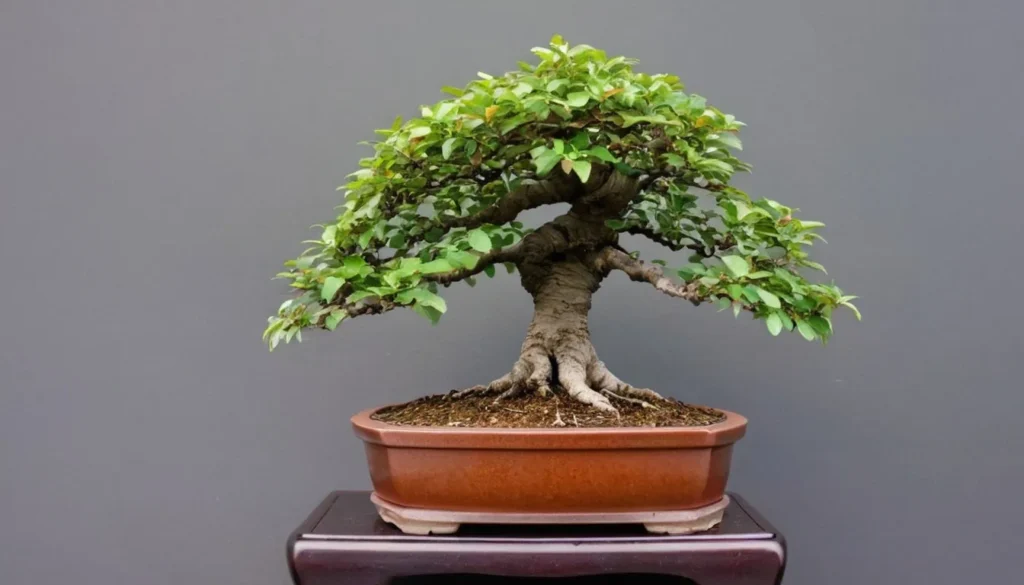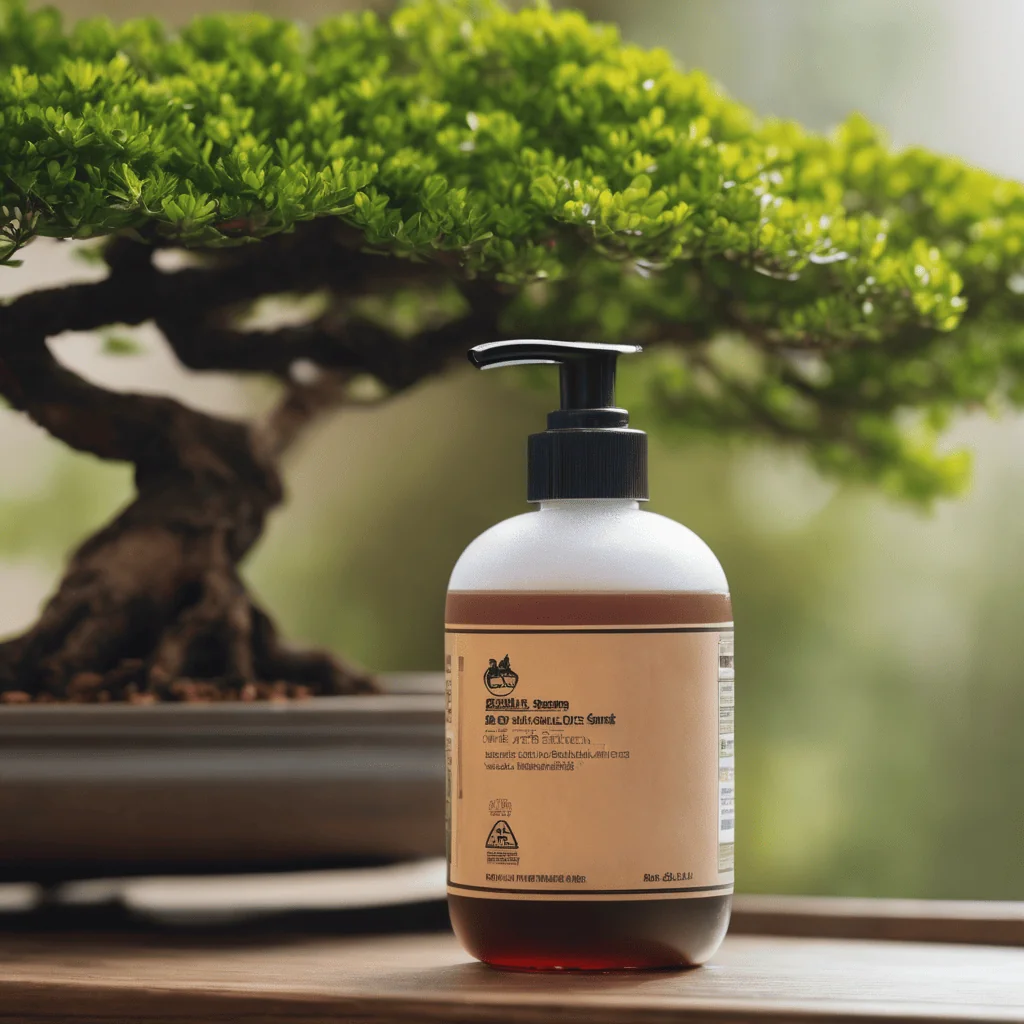
Intro
A Chinese Elm Bonsai is a magnificent piece of living art. While nurturing these tiny trees can seem intimidating, with the right guidance and consistent care, you can help your Chinese Elm thrive. Let’s embark on a fascinating journey to understand how to cultivate and care for a Chinese Elm.
A Quick Peek Into the Chinese Elm’s History
The Chinese Elm Bonsai has a past that’s as remarkable as its charm. This tree has roots in East Asia and has been a favorite part of landscapes in China, Japan, and Korea for hundreds of years. Its ability to thrive in different weather and land types makes it a strong and flexible tree. The Chinese Elm’s petite tree-like form and its power to flourish both inside and outside have made it a popular bonsai choice around the globe. So, by growing a Chinese Elm, you’re not just nurturing a tree, but you’re also carrying forward a piece of history.
Choosing the Right Placement for Your Chinese Elm
Finding the best spot for your Chinese Elm is like finding its happy place. These bonsais can do well both inside your house and outside in your garden. However, the key is that they love lots of natural light. If you’re keeping it indoors, a spot near a south-facing window would be perfect. It’s like a sunny spot for a beach vacation for your bonsai! If it’s outside, think about a place that offers some shade in the hot summer but still gets plenty of light.
During winter, a cozy spot that is protected from harsh winds and frost is best. Just like us, these little trees don’t enjoy big and quick changes in their environment. So if you’re moving your tree, do it gradually. A sudden change of scenery or temperature can be a little stressful for your Chinese Elm.
Watering Your Chinese Elm Bonsai
Giving your Chinese Elm the right amount of water is like serving a perfect meal. It needs to be just right – not too much and not too little. Your tree prefers its soil to be somewhat damp, but not soaking wet. It’s a good idea to give it a drink when the top layer of soil starts to feel a little dry. Don’t stick to a strict watering timetable, as every tree is unique and has different needs. It’s more about understanding your bonsai’s needs.
When watering, picture a light spring rain shower. Use a watering can that has a small spout to softly sprinkle water over your tree. Keep going until you see water starting to drip from the pot’s bottom holes. This is a sign that the water has reached all the roots.
Remember, overwatering can make your bonsai’s roots too wet and cause them to rot, while underwatering can dry out the roots. Learning to water your bonsai just right may take some practice, but it will lead to a healthier and happier Chinese Elm. So, keep an eye on your tree and respond to its needs, and you’ll master the art of watering in no time.
Wiring and Pruning Your Chinese Elm Bonsai
Wiring and pruning your Chinese Elm bonsai are like giving it a haircut and teaching it how to stand tall. These steps are necessary to keep your tree looking its best and to guide its growth in the right direction.
Wiring is like using braces to shape your bonsai’s branches and trunk. This method works well on Chinese Elms because they’re pretty flexible and can be wired at any time during the year. But remember to be gentle and patient. It’s crucial to regularly check the wires so they don’t dig into your tree’s trunk or branches, causing scars.
On the other hand, pruning is more like giving your tree a trim to control its size and encourage it to grow thicker leaves. This process involves clipping off the long, unwanted branches and pinching back the new ones. By doing this, you’re helping your Chinese Elm to maintain a neat, tree-like shape.
Don’t forget that these methods are a part of your bonsai’s journey. They take time, care, and a bit of skill. So don’t worry if you’re not a wiring and pruning expert right away. Just like growing your Chinese Elm, it’s all part of the learning process. With time, you’ll be shaping your bonsai just like a pro!
Repotting Your Chinese Elm Bonsai
Think of repotting your Chinese Elm as giving it a new home with more room to stretch out. Younger trees will be ready for a new pot every two years, while the older ones need a change every three to five years. Springtime is the best time to repot as it gives your bonsai a fresh start for the growing season.
Start by gently taking the tree out of its current pot. Then, give the roots a little trim, taking off about one-third of the root ball. This will help your tree to grow new, healthy roots in its new home. When it’s time to put your bonsai in its new pot, use new bonsai soil that is fresh and full of nutrients.
But the care doesn’t stop there. After repotting, your bonsai will need some extra love. Keep it in a sheltered spot that’s not too sunny and not too windy. Remember to water it regularly, just like after a light spring rain shower. This will help your Chinese Elm to settle in and start growing strong in its new home. Repotting might seem a bit challenging, but with some practice and patience, you’ll become a pro in no time.
Dealing with Pests

Just like every other plant, your Chinese Elm may have to deal with uninvited guests – pests. They can be troublesome, but with a watchful eye, you can spot them before they cause too much trouble. Tiny bugs like aphids, spider mites, and scale insects might decide to make your bonsai their home.
But don’t worry! Regular check-ups can help you catch these pests early. If you find any, use a safe, organic bug spray to send them packing. You could also invite some friendly bugs like ladybugs, who love to snack on these pests.
Keep in mind, the best way to fight pests is to keep your bonsai happy and healthy. This means making sure it gets the right amount of water, light, and care. A strong and well-cared-for bonsai is less likely to attract pests.
Dealing with pests might seem a little scary at first, but remember, you’re learning and growing along with your bonsai. With each challenge, you’re becoming a better bonsai caretaker. So, keep checking on your Chinese Elm, respond to its needs, and enjoy this incredible journey!